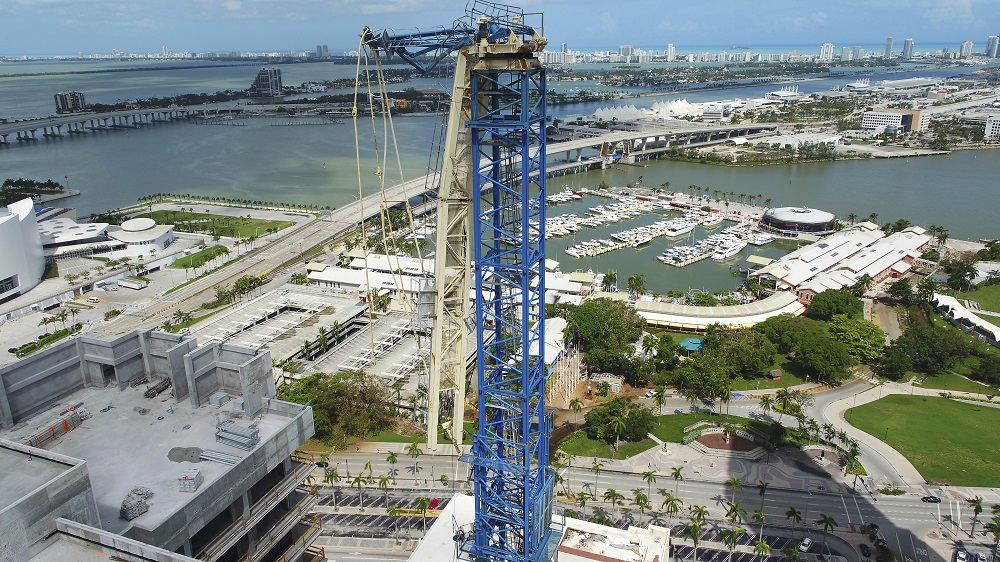GRI faculty affiliates designing UAVs to ‘minimize additional disasters caused by disasters’ | News@Northeastern

Three Northeastern University researchers and Global Resilience Institute (GRI) faculty affiliates, are working to design unmanned aerial vehicles (UAVs) programmed to automatically assess infrastructure damage following a disaster.
The interdisciplinary project brings together Taskin Padir, associate professor of electrical and computer engineering, Jerome Hajjar, professor and chair of civil and environmental engineering, and Peter Boynton, professor of practice of social science and humanities. The work is being funded through a GRI seed grant.
“We want to make the process as automated as possible without human intervention, but still anticipate that it will complement what inspectors would be doing,” Hajjar told News@Northeastern reporter Allie Nicodemo.
CLICK HERE to read the full article, from News@Northeastern
